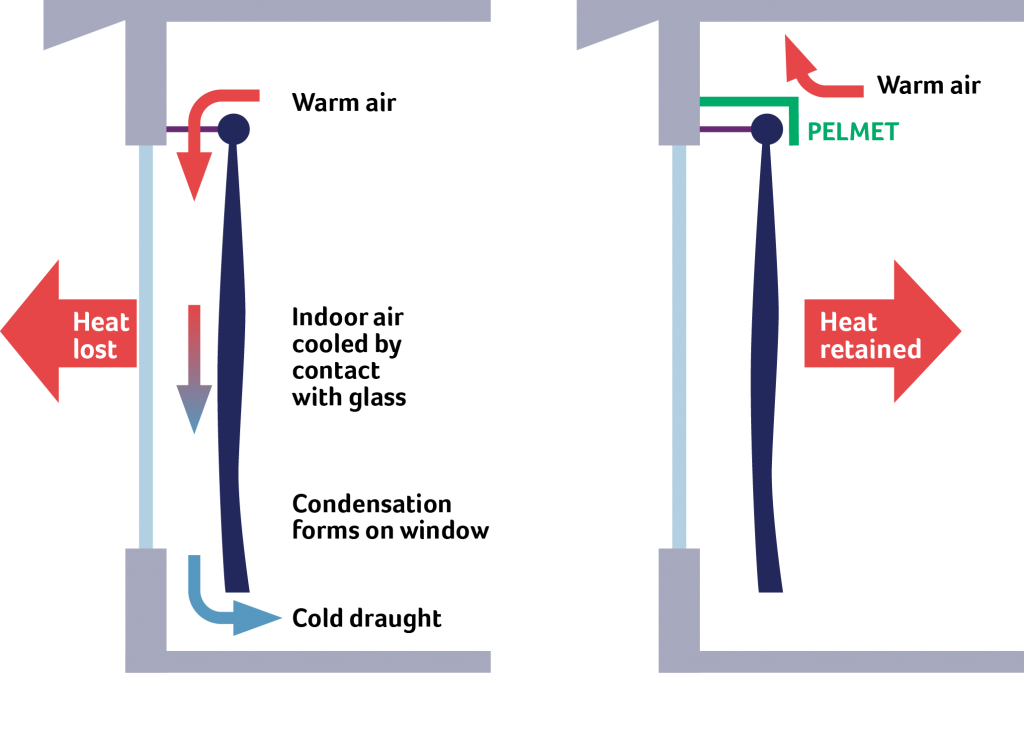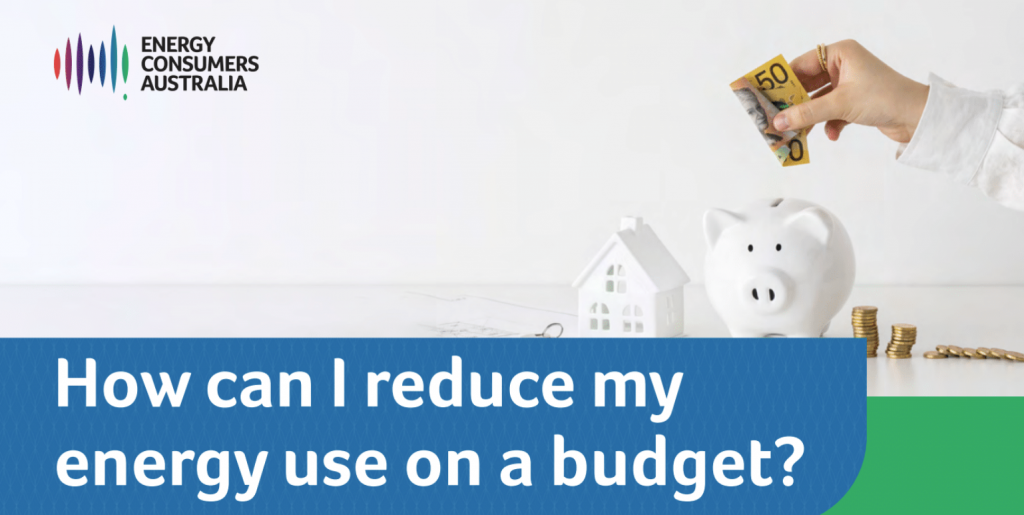Energy prices may be going up, but the size of your bill doesn’t always have to. Here are some cost-friendly ways you can take action around your home to reduce your energy use while on a budget.
Eight ways to lower your energy bills
1-Heat and cool your home the smart way
Did you know that heating and cooling can make up to 40% of your total energy use? Here are some things you can do to adjust your energy use and still feel comfortable:
- Only heat and cool the rooms you are using and close all other doors.
- Try an electric throw for the lounge or home office, or even an old-school hot water bottle or heat pack.
- For effective (though slightly strange looking) DIY window glazing, try placing easy to remove bubble wrap on top of your windows. Search online for videos on ‘bubble wrap double glazing’. But be careful to keep it away from candles and open flames!
- Adjusting your heating or cooling up or down by one degree can increase your energy use by 5-10%, so if you can:
- In winter, set the temperature at 18-20 degrees
- In summer, set the temperature at 24-26 degrees.
- Got a split system air conditioner? You might also have an efficient electrical heater. Look for the ‘sun’ ☀️ icon on your remote or check the manual for instructions. Most manuals can now be found online too.
- Put up thick curtains with pelmets to stop the air travelling. Want to DIY pelmets? Try a thick towel or rolled-up sheet to cover the top. Also try looking online or at op shops for second-hand curtains, they may not be the ideal colour, but they will help!
- Have floorboards or tiles? Pick up some second-hand rugs at your local op shop or online marketplace. These can be cheaper and thicker than some new rugs and reusing is better for the environment.
- Always use ceiling fans before an air conditioner in summer. In winter, check if it has a reverse function and use it with your heater as the fan will help circulate the hot air more evenly.

2- Stop the draughts

Our homes can be ‘leaky’. This means it’s easy for the air in our homes to escape outside, making it harder to keep our home the right temperature. Try grandma hacks like door snakes or rolled-up towels to block air gaps.
3- Switch off at the wall

Did you know that your mobile phone can continue to use power to charge even when the battery is full? Up to 10% of your electricity usage comes from appliances on ‘standby’ when the device is off but the power being drawn is not. Save energy and switch it off when not in use.
4- Check your lighting

If you haven’t already, switch to LEDs (check for government offers) and only have the lights on that you need. Every bit counts!
5- Buy energy efficient appliances

When you need to replace an appliance like a washing machine, aim for the highest energy star rating that suits your budget and size needs. Make sure to check out your state government website for any rebates you may be eligible for.
If you’re struggling to pay for a new appliance and need support, avoid payday lenders or buy now pay later schemes. Instead, see if you are eligible for any state government rebates, or a No Interest Loan. For a provider in your state, visit Good Shepherd or phone 13 64 57 for more information.
6- Adjust your hot water use

An average house can use up to 20% of their energy bill on heating hot water. Limit showers to 2 to 4 minutes if you can.
You can also change the temperature of your hot water system so it’s not using excess energy to heat the water.

7- Change how your washing habits
Washing clothes in cold water saves energy. Make sure you fill up your washing machine as much as you can before running a load – by doing fewer loads, you’ll save power and money.
Whenever possible, air dry your clothes instead of using a dryer.
8- Seek help early to pay your bills
If you are worried about paying your energy bill, even for a short period, don’t sit in the dark. Contact your energy retailer, they are obligated to help you and have support programs in place. The sooner you reach out, the sooner you can access help. Find out what other support you can access here.

